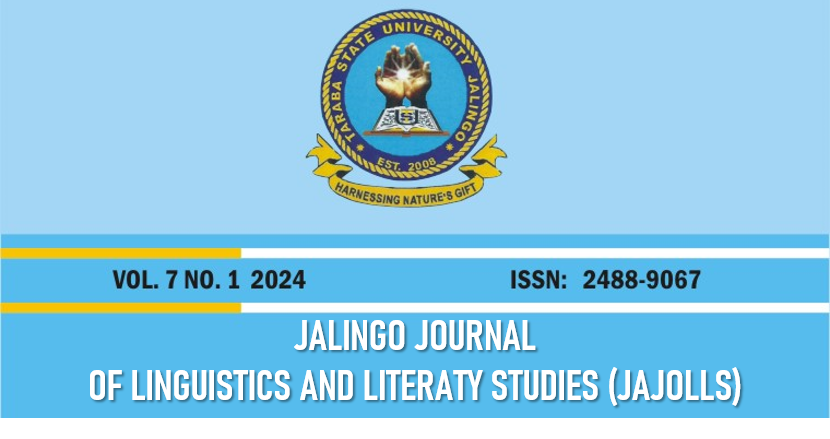Hiatus Resolution in Kom Language
Keywords:
vowel hiatus, Kom, Sequences of contiguous vowelsAbstract
Sequences of contiguous vowels belonging to separate syllables have been studied in many languages around the world. While some languages allow the free occurrence of such heterosyllabic vowel sequences, others do not. The languages that disallow vowel hiatus such as Yoruba, French, Karok, Luganda, Margi, Malay, Xhosa, Greek, Ngiti, Indonesian, and Bakossi often resort to repair strategies such as deletion, glide formation, consonant insertion, vowel coalescence, and diphthongization. In the Kom language spontaneous speech, some heterosyllabic vowel sequences are dispreferred while others are preferred. The preferred sequences are /u+a/, and /o+i/, while the dispreferred ones are /i+a/ /o+a/, /e+a/, /e+i/, /u+i/ and /i+i+a/. In this paper, using Optimality Theory, we examine how the dispreferred hiatal configurations are repaired and then, we also attempt to determine the motivation for hiatus resolution in Kom. The analysis reveals that the dispreferred sequences are dealt with by means of two hiatus resolution strategies, namely, vowel assimilation, and vowel coalescence. we argue here that hiatus resolution is impossible in the sequences /u+a/, and /o+i/ because of the articulatory distance separating them and as a consequence, in the grammar of the Kom language, the faithfulness constraints PARSE (a.u) and PARSE (o.i) outrank the markedness constraints NoHIATUS, NoDIPH, ALIGN-R, ALIGN-L, UNIFORMITY and the faithfulness constraints MAX-IO, and IDENT-IO.

